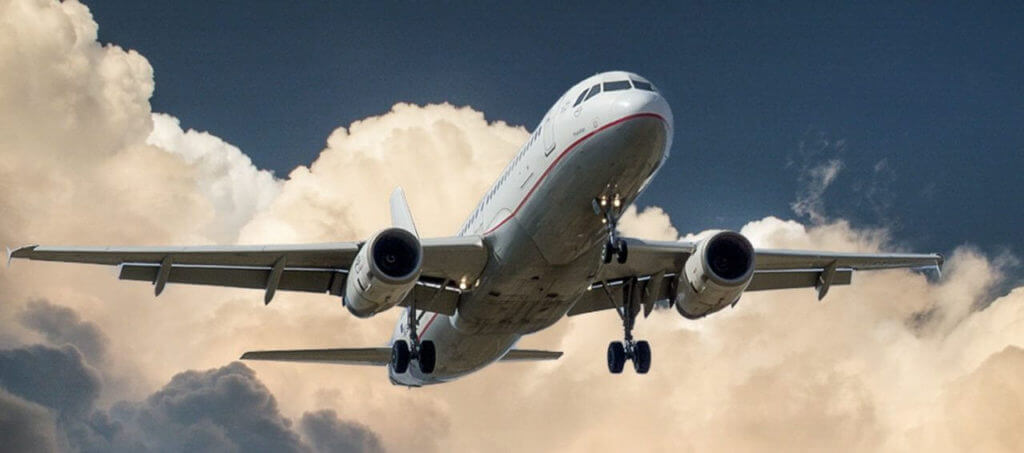
After two devastating airplane crashes of Boeing’s 737 MAX 8, an investigation is taking place to determine how a flaw in the airplane’s anti-stall system went unnoticed despite reports of malfunction.
The cause of both crashes was the 737 MAX 8’s anti-stall system, known as MCAS. When creating the 737 MAX 8, manufacturer Boeing wanted to increase the capabilities of the MCAS. This means the software controlling the MCAS would activate in more situations than previous models. Despite updating the MCAS, the functionality was not fully reviewed by the U.S. Federal Aviation Administration (FAA), a move that might have found the malfunction and prevented these deadly aviation accidents.
How Does MCAS Work?
Every plane is outfitted with a sensor around the nose of its aircraft that measures when the plane is near an aerodynamic stall. This is called the angle-of-attack (AOA) sensor. In a 737 MAX 8, if an AOA sensor determined an aerodynamic stall was imminent, it would send a warning to the MCAS. The MCAS would then point the nose of the plane downward to avoid to the stall.
It can be extremely challenging for pilots to fight against the MCAS. When pilots were conducting flight simulations for the first 737 MAX 8 crash, they were surprised to discover how strong the MCAS was. According to the pilots in the simulation, they had less than forty seconds to manually override the MCAS before the plane would crash.
MCAS Development
The initial use of the MCAS only engaged in a few circumstances. Prior to the 737 MAX 8, it was used during high-speed maneuvers to keep the plane flying smoothly and predictably. However, during test flights pilots reported additional instances where the plane flew more unpredictably than desired, particularly at lower speeds. Boeing decided to utilize the MCAS in more scenarios at lower speeds to improve predictability.
In order to use the MCAS at lower speeds, it would need to work faster. Boeing quadrupled the amount the MCAS could move a stabilizer in one cycle. Essentially, this would move the nose of the plane downward further than the previous models. But the power of the MCAS system was compounded with another problem – pilots weren’t used to this type of autopilot. Previous versions of MCAS systems would only provide a warning to pilots, allowing pilots to manually make corrective maneuvers themselves. However, with the new MCAS system, pilots in both crashes were left fighting the MCAS until their eventual crash.
In the Lion Air crash last year, data recovered from the aircraft showed the pilots repeatedly struggled with the MCAS. The MCAS system pushed the plane’s nose downward, and when the pilots manually pulled the nose upward, the MCAS pushed the nose down again. This same malfunction was also reported right before the Ethiopian Airlines crash.
Failure To Warn
It’s no surprise the pilots fought against the 737 MAX 8’s MCAS. A thorough explanation of the system was absent from the plane’s manual and the FAA did not require Boeing to provide training to pilots on handling the system. The results of these actions have been tragic, proving deadly for hundreds of passengers.
All airplane manufacturers have a responsibility to make safe aircrafts. When they fail to do so, they need to be held accountable for their actions. Contact the aircraft litigation attorneys at Dax F. Garza, P.C. today for more information about how we can help after an airplane crash.

